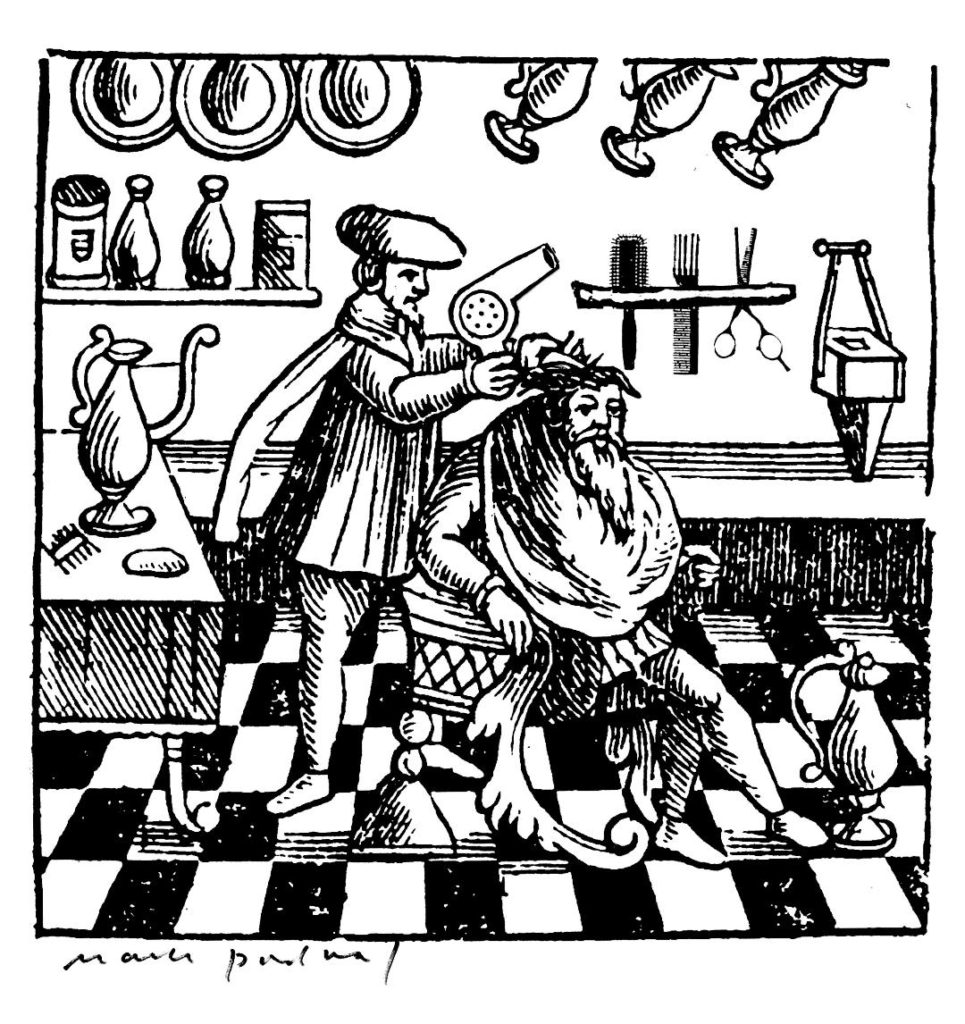Lag Ba’Omer
Mark Podwal (b. 1945)
Digitial archival pigment print on paper
7 7/16 x 7 9/16″
USA, 2020
© Mark Podwal
Beginning on the second night of Passover, Jews observe the ritual of Sefirat HaOmer (Counting the Omer), based on the Torah’s commandment to mark the time between the barley and wheat harvests (Deuteronomy 16:9). Omer means “barley sheaf” and refers to the offering brought to the Temple for forty-nine days leading to Shavuot (summer wheat harvest). The grain was ground and sifted and then “waved” by the priest in a ceremony interpreted as a prayer to protect the harvest. Today the counting of forty-nine days symbolically recalls the time between the Exodus and receiving the Torah on Mount Sinai. The holiday of Lag Ba‘Omer falls on the thirty-third day of the counting. “Lag” is made up of the Hebrew letters lamed and gimel, which have the numerical value of thirty and three. Traditionally, the days of the Omer are a time of semi-mourning in memory of Rabbi Akiva’s 24,000 students, whom the Talmud says died in a plague. The thirty-third day is celebrated as the end of the plague, although the Talmud suggests students continued to die until Shavuot. Because the plague has ended, on Lag Ba‘Omer mourning ceases, and weddings are permitted. An anonymous collection of customs, Sefer Minhag Tov (1273, Italy), describes the Omer period’s prohibition of marriages and hair cutting as remembrances mourning the martyrs of the Crusades.

